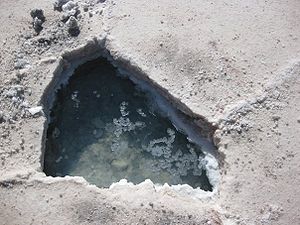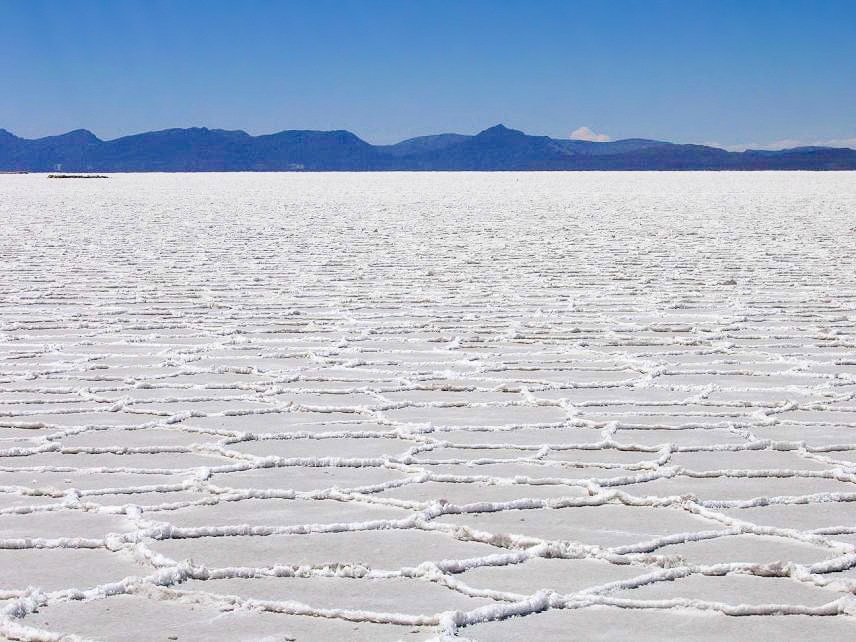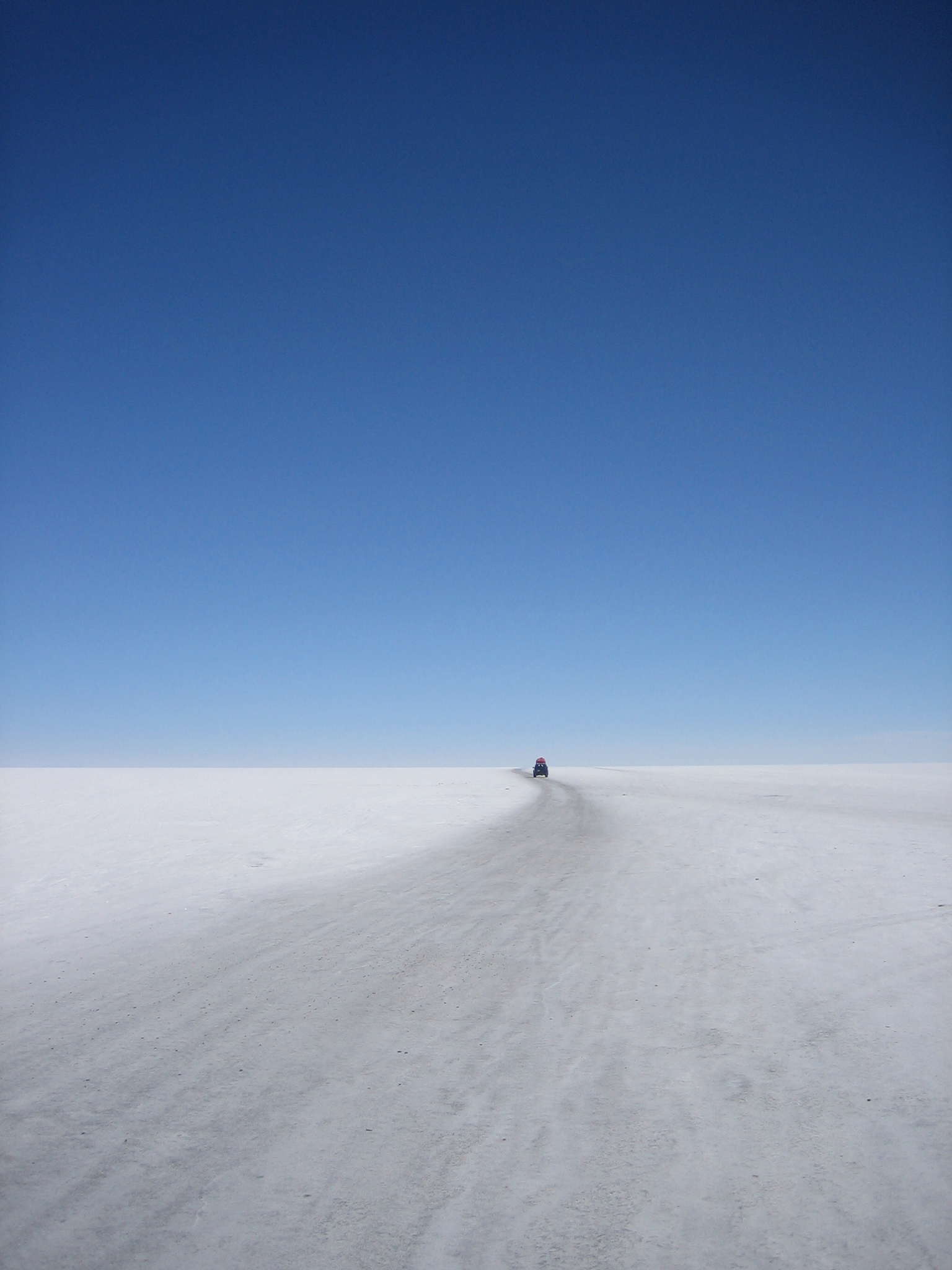Do expeditions require a special kind of fitness? Or, to put it another way, is there a type of fitness you or I can have that would help us cope in an Expedition?
This question, as it stands, is too generic to be answered properly. Let’s break it down a little.
Fitness
The first thing that strikes me is that fitness can be physical or mental. To simplify things for this post let’s focus on the former.
So what is
physical fitness? In his excellent book “Get Fit Not Fat”
Greg Whyte lists four components of fitness:
- Flexibility of muscles and joints
- Muscular strength
- Muscular endurance
- Cardiovascular endurance
That’s a nice and simple definition and can serve as a good basis for an exercise program. But is it complete?
In its
October 2002 edition, The Crossfit Journal defines fitness as follows:
- Cardiovascular/respiratory endurance - The ability of body systems to gather, process, and deliver oxygen
- Stamina - The ability of body systems to process, deliver, store, and utilize energy.
- Strength - The ability of a muscular unit, or combination of muscular units, to apply force.
- Flexibility - the ability to maximize the range of motion at a given joint.
- Power - The ability of a muscular unit, or combination of muscular units, to apply maximum force in minimum time.
- Speed - The ability to minimize the time cycle of a repeated movement.
- Coordination - The ability to combine several distinct movement patterns into a singular distinct movement.
- Agility - The ability to minimize transition time from one movement pattern to another.
- Balance - The ability to control the placement of the bodies center of gravity in relation to its support base.
- Accuracy - The ability to control movement in a given direction or at a given intensity.
A more comprehensive definition. But it seems to me that a definition of Fitness should be relative - not absolute. Relative to the requirements, stresses and pressures placed upon you by the environment.
I may be fit for one thing but not fit enough for another; I may be fit for playing football at home but not for hauling a sled to the South Pole. Or the other way around.
And what are the demands placed upon you by the environment on an expedition? Well, that depends on the type of the expedition.
Expeditions
Up until recently the term “expedition” was used almost synonymously to “Exploration”. These days the same word tends to mean different things to different people: from a gap year adventure, to a tough trek, to a high mountain climb.
My definition is as follows: An expedition is a physical and mental challenge in a remote area with a definite purpose.
So this narrows it down a bit and leaves us with physically challenging activities in remote areas:
deserts,
jungles, ice caps, mountains (deliberately ignoring underwater expeditions here).
Each one of these environments would pose different challenges to the adventurer: heat, cold, humidity, wind, altitude etc. In addition the purpose of the expedition may impose challenges of its own:
An expedition to ski across Greenland would pose different challenges than one to cross it with dog teams.
An expedition to cross a jungle would be very different than one to cross the same jungle but living off the land without external food or water.
An expedition to run across a desert with a support team and one to walk across it solo and unsupported are two very different propositions.
All these factors will affect training regime to be followed in preparation for the expedition. In a later post I will describe my approach to Expedition Training.

 Image via Wikipedia
Image via Wikipedia





















